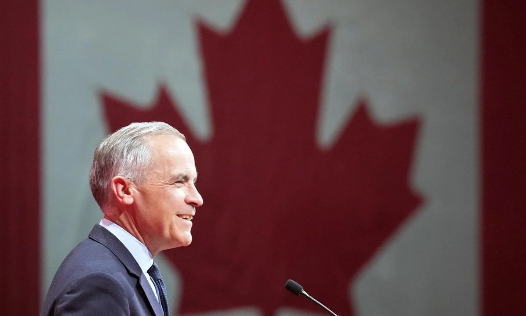Payment is being processed. Please do not refresh or close this page until your payment is complete.
 Book an Appointment
Book an Appointment

Canada has recently implemented significant changes to its immigration policies, aiming to address the nation's housing crisis. These measures include capping the number of international student permits and reducing overall immigration targets.
International Student Permit Caps
In 2024, Canada introduced a two-year cap on international student permits, limiting approvals to approximately 360,000—a 35% reduction from the previous year. This move was primarily driven by concerns over housing shortages, as the influx of international students was seen to exacerbate the demand for rental accommodations, particularly in provinces like Ontario, Nova Scotia, and British Columbia. To enforce this cap, study permit applicants are now required to submit a Provincial or Territorial Attestation Letter, ensuring compliance with the new limits. Additionally, open work permits have been restricted to spouses of students enrolled in master's and doctoral programs, excluding those in undergraduate and college programs .
Reduction in Permanent Resident Targets
The Canadian government has also revised its permanent resident immigration targets. The new plan sets the following annual targets:395,000 in 2025
Anticipated Impact on Housing
Economists suggest that these immigration caps could significantly reduce the housing supply gap. The Parliamentary Budget Officer projects that, if implemented as planned, the housing supply gap could decrease by approximately 45%, potentially easing affordability issues . However, some experts caution that while these measures may offer short-term relief, long-term solutions require increased housing construction and infrastructure development to meet the needs of the population .
Economic Considerations
While these policy changes aim to address housing shortages, they may have economic implications. The Bank of Canada has indicated that reducing immigration levels could slow GDP growth, as immigration has been a key driver of economic expansion. Balancing the need for economic growth with housing affordability remains a complex challenge for policymakers .
These developments mark a significant shift in Canada's approach to immigration, reflecting the government's efforts to balance population growth with housing and infrastructure capacities.